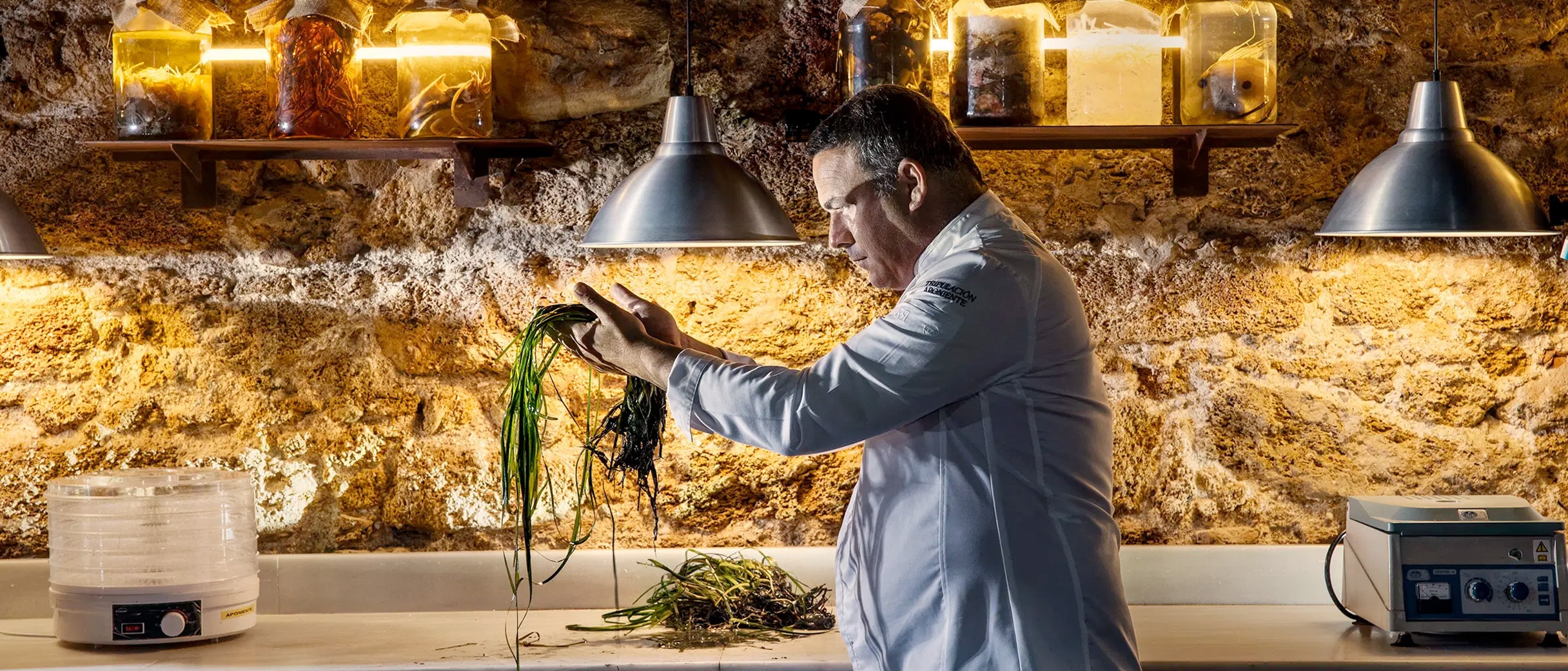Noted, October 2021
Collected bits and pieces I've noticed this month.
One Day—And One Night—In the Kitchen at Les Halles
Anthony Bourdain describes one day—and one night—in the kitchen at Les Halles, his retaurant in New York City. I've read this numerous times and it's always a treat. It's also, always, a reminder to stop myself from entertaining any ideas of restaurateurship (is that a word?).
The Nash equilibrium
In game theory, the Nash equilibrium is the most common way to define the solution of a non-cooperative game involving two or more players. In a Nash equilibrium, each player is assumed to know the equilibrium strategies of the other players and no player has anything to gain by changing only their own strategy.
It is named after the mathematician John Forbes Nash Jr. who, among his other notable achievements, pretty much willed himself to function despite suffering from schizophrenia by deciding that the hallucinations caused by the illness were not worth his attention.
The Clearview AI horror show goes on
From Wired:
Some of Clearview’s new technologies may spark further debate. Ton-That says it is developing new ways for police to find a person, including “deblur” and “mask removal” tools. The first takes a blurred image and sharpens it using machine learning to envision what a clearer picture would look like; the second tries to envision the covered part of a person’s face using machine learning models that fill in missing details of an image using a best guess based on statistical patterns found in other images.
May spark further debate? You don't say! How is this horror show still allowed to operate?
via Pixel Envy
The Start menu
Lukas Mathis briefly on the Windows 10 full-screen start menu being killed in Windows 11. I always liked the full-screen menu too.
Spell'd
Marcin Wichary shares a neat little text utility from his days at Medium.
We're getting some flavour of this with tools like Grammarly (alternative wording and tone suggestions), but it's not exactly as lightweight and elegant and natural feeling. I do miss having the definitions + spelling features available for any text I select, regardless of what app I'm in. Or maybe I just don't know how to invoke it?
Also, I... dislike it when people who tweet often bulk-delete their tweets, leaving odd gaps in the thread.
...
Everybody's favourite typeface website I Love Typography now has a store.
...
Frank Chimero is a designer who writes, this time, about colour:
"Late day, late August, ocean front, looking out: wine dark sea, red ochre sky, and at the boundary? From nowhere: chartreuse."
